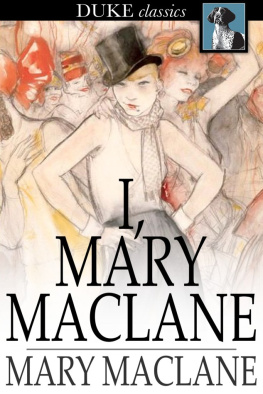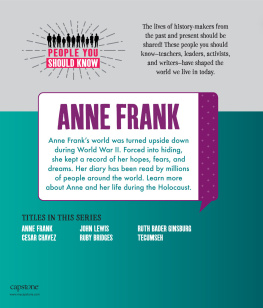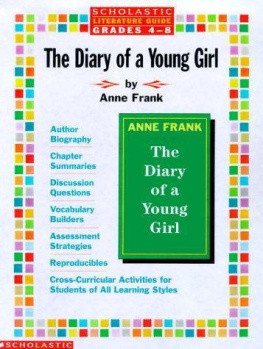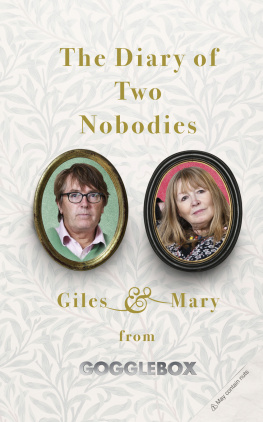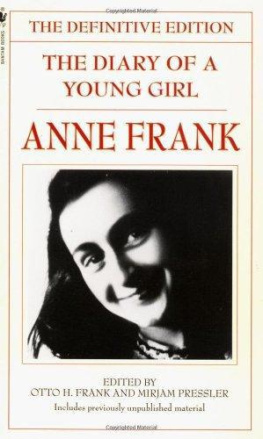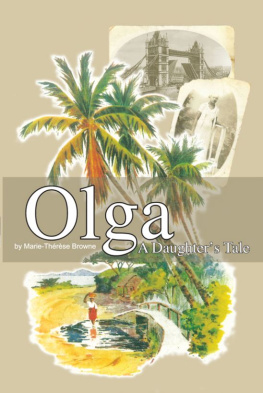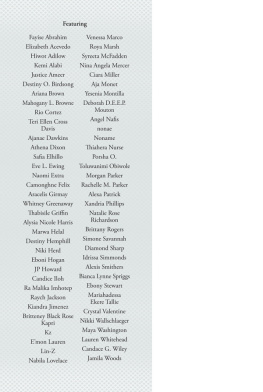Mary Browne - The Diary of a Girl in France in 1821
Here you can read online Mary Browne - The Diary of a Girl in France in 1821 full text of the book (entire story) in english for free. Download pdf and epub, get meaning, cover and reviews about this ebook. year: 1905, publisher: J. Murray, genre: Art. Description of the work, (preface) as well as reviews are available. Best literature library LitArk.com created for fans of good reading and offers a wide selection of genres:
Romance novel
Science fiction
Adventure
Detective
Science
History
Home and family
Prose
Art
Politics
Computer
Non-fiction
Religion
Business
Children
Humor
Choose a favorite category and find really read worthwhile books. Enjoy immersion in the world of imagination, feel the emotions of the characters or learn something new for yourself, make an fascinating discovery.

- Book:The Diary of a Girl in France in 1821
- Author:
- Publisher:J. Murray
- Genre:
- Year:1905
- Rating:3 / 5
- Favourites:Add to favourites
- Your mark:
- 60
- 1
- 2
- 3
- 4
- 5
The Diary of a Girl in France in 1821: summary, description and annotation
We offer to read an annotation, description, summary or preface (depends on what the author of the book "The Diary of a Girl in France in 1821" wrote himself). If you haven't found the necessary information about the book — write in the comments, we will try to find it.
The Diary of a Girl in France in 1821 — read online for free the complete book (whole text) full work
Below is the text of the book, divided by pages. System saving the place of the last page read, allows you to conveniently read the book "The Diary of a Girl in France in 1821" online for free, without having to search again every time where you left off. Put a bookmark, and you can go to the page where you finished reading at any time.
Font size:
Interval:
Bookmark:

AN INTRODUCTION
BY EUPHEMIA STEWART BROWNE
EDITED BY
COMMANDER, THE HON. H. N. SHORE, R. N.
NEW EDITION, 1918
E. P. DUTTON AND COMPANY
681 FIFTH AVENUE
| Dieppe Fishwoman |
| The Home of Mary Browne, with Distant View of Solway Firth and Criffell |
| Trees with Coverings like Tombstones.The most amusing Thing in Miss Linwood's Exhibition.A 'Pioneer' with Long Beard and Leather Apron.Miss Wragge being sprinkled with Holy Water6 |
| A French Woman and Child |
| A French Boy and Girl, eating, at the Door |
| Sur de la Charit |
| A French Postillion |
| Limonadire |
| Cabriolet |
| Water-woman |
| Part of the Funeral Procession |
| Old Woman of Versailles |
| A Priest in his Common Dress and a Boy |
| Woman with the Curious Cap |
| A Bonne and Children |
| French Miller |
| The Fountain with the Animals.Latona's Basin.The Cupid at Tivoli |
| French Puppet Show |
| Lavoir |
| Cuirassier |
| Madame Vernier |
| Village Fte |
| Procession at the Premire Communion.Processions at the Fte Dieu.-Reposoir in the Avenue Sceaux.One of the Children's little 'Petites Chapelles.'A Passing Soldier in the Street.The Troublesome Boy in the King's Garden |
| Garde Royale. Infanterie Chasseur, 1er Rgiment |
| The Shepherd of the Andalusian Sheep.Priests carrying the Host to Sick People.Dancing upon Stilts.Beggar Woman in a Bower of Dead Leaves.The Virgin in the Church of St. Remis |
| Louviers Woman |
| Old Woman with a Cotton Cap |
| Fruit-woman with Gilt Cap |
| Dieppe Woman and Children |
| Dieppe Market-woman |
From a drawing by Lady Alton in 1842
Font size:
Interval:
Bookmark:
Similar books «The Diary of a Girl in France in 1821»
Look at similar books to The Diary of a Girl in France in 1821. We have selected literature similar in name and meaning in the hope of providing readers with more options to find new, interesting, not yet read works.
Discussion, reviews of the book The Diary of a Girl in France in 1821 and just readers' own opinions. Leave your comments, write what you think about the work, its meaning or the main characters. Specify what exactly you liked and what you didn't like, and why you think so.

